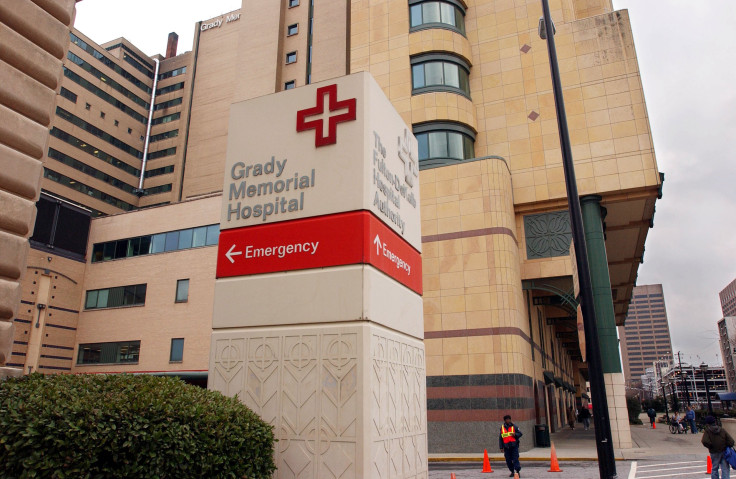Heart Disease Statistics 2017: Heart Failure Rates Rise, Will Increase 46 Percent By 2030

The number of people living with heart failure in the United States has been rising at a rapid pace, according to a report released Thursday by the American Heart Association. Over only five years, the number of adults with the condition increased by more than 800,000. The report predicted a 46 percent increase by 2030 for a total of eight million people with heart failure.
Despite its name, heart failure does not mean the heart stops beating. Instead, it refers to a condition in which the muscles in the heart’s walls weaken and enlarge, preventing it from pumping a sufficient amount of blood. Around 6.5 million people have heart failure today, up from about 5.7 million in 2011, and it is one of the main reasons people over the age of 65 are admitted to the hospital.
The predicted exponential increase in heart failure rates might actually be due to medical advances. More people than ever before survive heart attacks, but the attacks damage the muscle, leaving heart failure behind.
“We know that advances in cardiovascular health are not distributed evenly across the population,” said Emelia J. Benjamin, chair of the AHA’s update and professor of medicine in the section of cardiovascular medicine at Boston University School of Medicine. “In particular, individuals who live in rural communities, have less education, have lower incomes and are ethnic or racial minorities have an undue burden of cardiovascular disease and its risk factors.”
There is currently no cure for heart failure, though medicines and lifestyle changes can help people with the condition.
Heart disease remains the number one cause of death in the U.S., though rates have declined in recent years. A study published in the Journal of the American Medical Association in November found that heart disease rates dropped by 20 percent from 1983 to 2011.
© Copyright IBTimes 2024. All rights reserved.






















